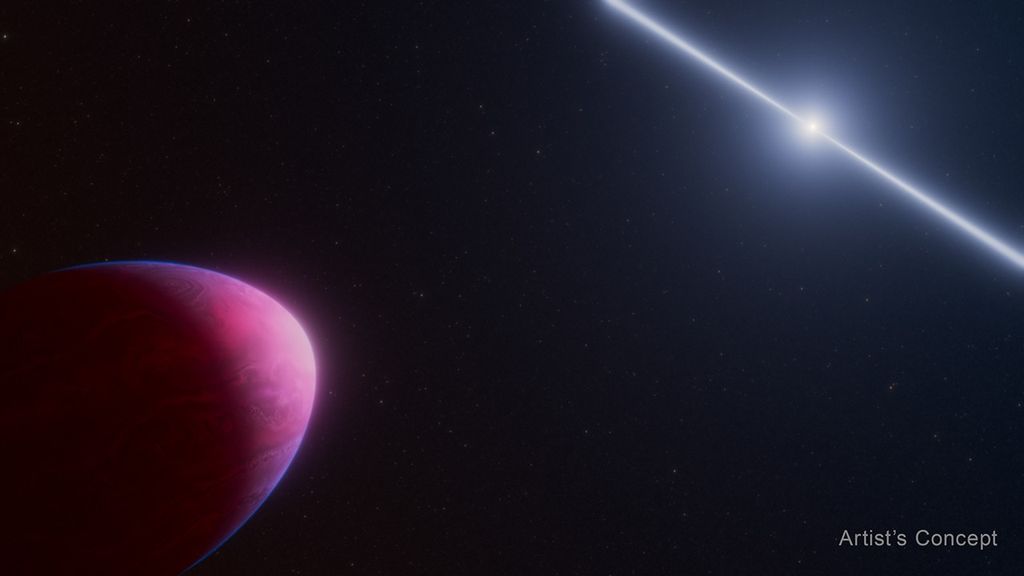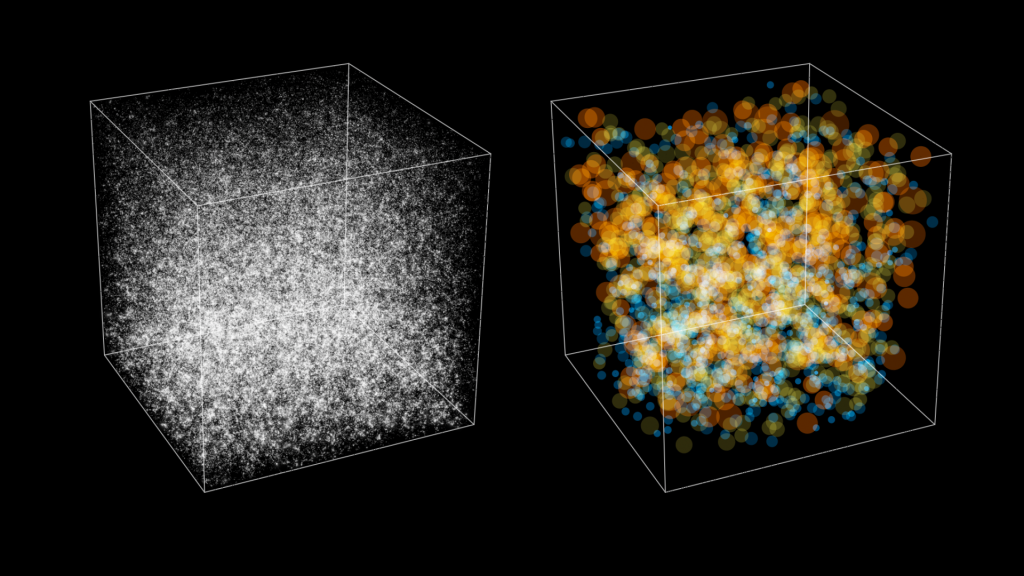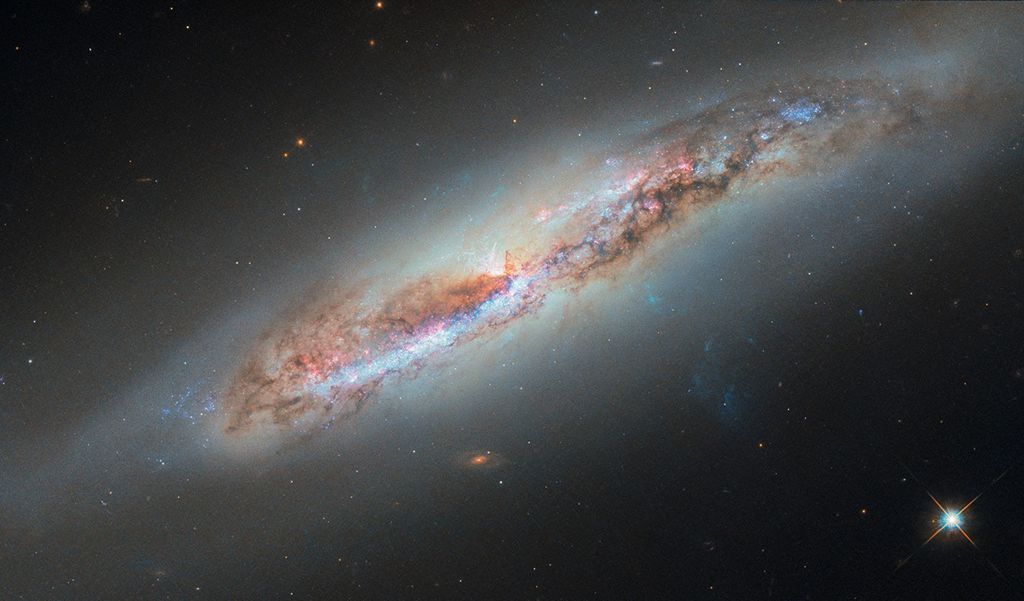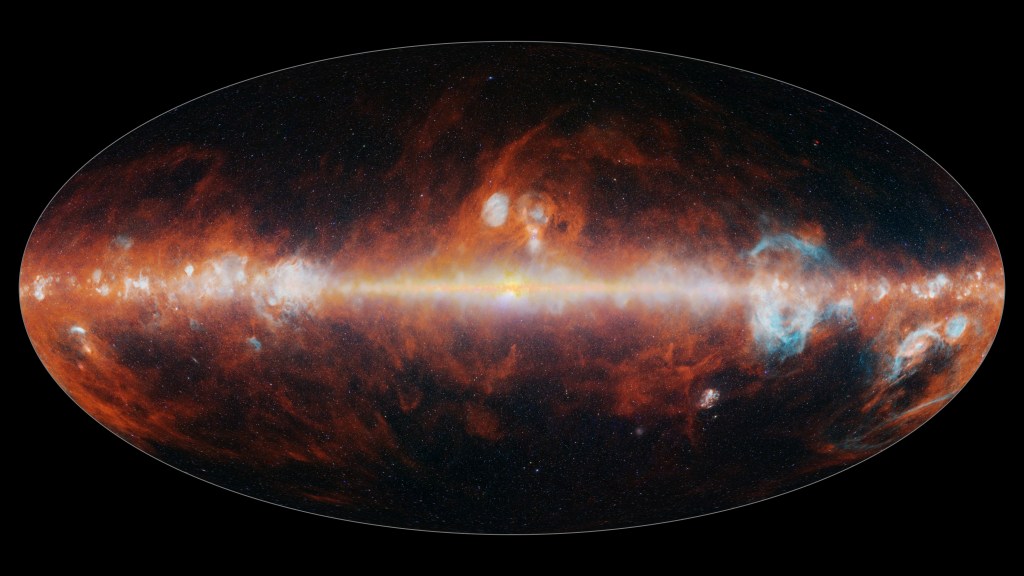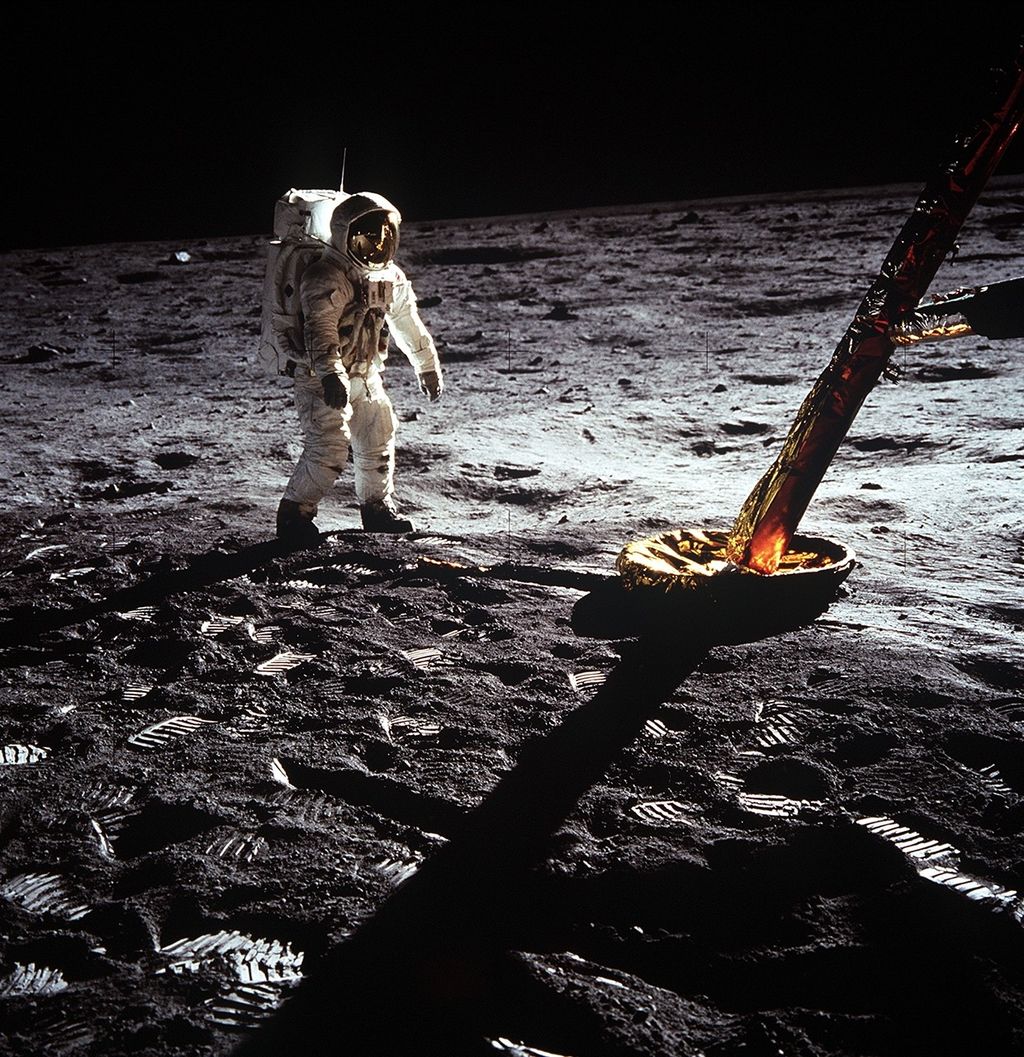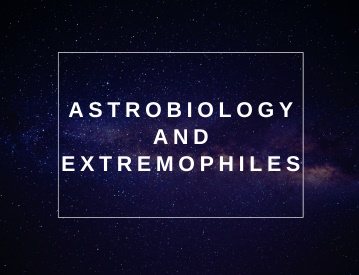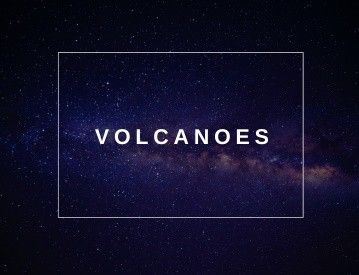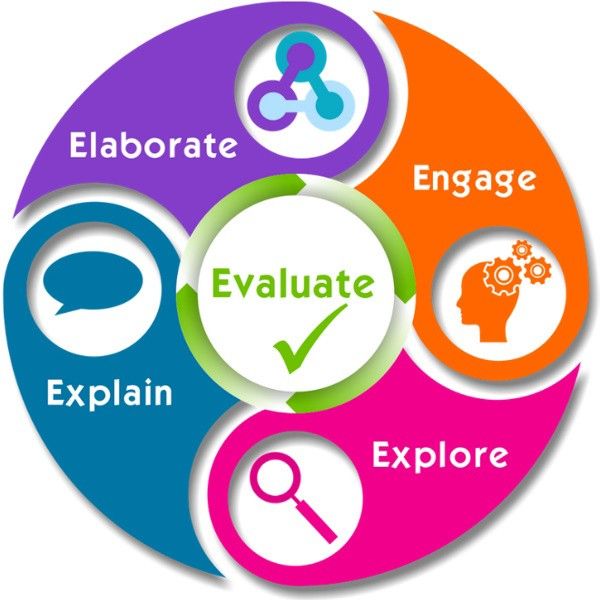NASA eClips Resources
V.A.L.U.E. Bundles | Best Practices in Education | Engineering | Glossary
V.A.L.U.E. Bundles
NASA eClips videos and educator resources are designed and developed following basic tenets of the Universal Design for Learning (UDL). UDL, driven by research into how people learn, provides a framework that optimizes teaching and learning for all.
NASA eClips Varied & Accessible Learning Resources for Universal Engagement (V.A.L.U.E.) Bundles are a thematic and curated set of NASA eClips and partner resources. V.A.L.U.E. Bundles, organized into a user-friendly dashboard, provide a thematic, cohesive, and engaging set of materials to meet learners’ varied needs for their:
- Engagement: The WHY of Learning
- Representation: The WHAT of Learning
- Action & Expression: The HOW of Learning
V.A.L.U.E. Bundles empower learners to explore topics of their choice through multiple modalities.
Best Practices in Education
The 5e instructional model
This model describes a five-stage teaching sequence that can be used for entire programs, specific units and individual lessons.
Check out videos related to best practices in education by visiting the list of videos and filtering by series.
NASA eClips resources integrate the 5E constructivist learning cycle, helping students build their own understanding from experiences and new ideas. This model is the work originally for the Biological Sciences Curriculum Study (BSCS). It has a growing research base and can be used within integration, Problem-based Learning (PBL), Project-based Learning (PjBL), and Universal Design for Learning (UDL).
ENGAGE: During this experience, students first encounter and identify the instructional task. During the ENGAGE stage, students make connections between past and present learning experiences, setting the organizational groundwork for upcoming activities. NASA eClips™ are designed to ENGAGE students. Through discussions, the videos may be used to uncover students’ prior understanding. The video format arouses students’ curiosity and encourages them to ask their own questions.
EXPLORE: In the EXPLORATION stage the students have the opportunity to get directly involved with phenomena and materials. As they work together in teams, students build a set of common experiences which prompts sharing and communicating. The teacher acts as a facilitator, providing materials and guiding the students' focus. The students' inquiry process drives the instruction during an exploration. Students are actively learning through inquiry-based science instruction and engineering challenges. Emphasis is placed on: questioning, data analysis and critical thinking. NASA eClips help students EXPLORE new topics on their own. Through self-designed or guided exploration students make hypotheses, test their own predictions, and draw their own conclusions.
EXPLAIN is the stage at which learners begin to communicate what they have learned. Language provides motivation for sequencing events into a logical format. Communication occurs between peers, with the facilitator, and through the reflective process. Once students build their own understanding, they may use NASA eClips videos to help summarize or EXPLAIN their own ideas. These segments introduce vocabulary in context and correct or redirect misconceptions.
ELABORATE: At this stage students expand on the concepts they have learned, make connections to other related concepts, and apply their understandings to the world around them in new ways. NASA eClips segments help students ELABORATE and apply what they learned to new and unfamiliar situations.
EVALUATE is an on-going diagnostic process that allows the teacher to determine if the learner has attained understanding of concepts and knowledge. Evaluation and assessment can occur at all points along the continuum of the instructional process. Some of the tools that assist in this diagnostic process are: rubrics, teacher observation, student interviews, portfolios, project, and problem-based learning products. Video segments can be used to determine students’ depth of understanding. Students will be excited to demonstrate their understanding through journals, drawings, models and performance tasks.
Engineering
| Name | Description | Audience |
|---|---|---|
| My NASA Data's STEM Career Connections for the Earth Sciences | My NASA Data's STEM Career Connections feature job profiles and resources about STEM professionals who work on NASA Earth science missions. These Connections include background information on a range of engineering and technology jobs, as well as diverse individuals. They can be used by teachers to highlight the various jobs that make NASA missions possible, as well as by students to help them envision career pathways that exist in the NASA pipeline. These resources are organized by the spheres of the Earth System (i.e., Atmosphere, Biosphere, Cryosphere, Geosphere, and Hydrosphere), as well as by discipline (i.e., Science, Technology, Engineering, and Mathematics). | |
| ATLAS: Laser Focus Timing | Deputy Systems Engineer Phil Luers explains how the ATLAS transmitter and receiver subsystems come together to calculate the timing of photons, which, in turn, measure the elevation of ice. | 10 to adult |
| ATLAS: Laser Focus the Receiver | Opto-Mechanical Engineer Tyler Evans explains how the photons that bounce back from Earth are received and filtered by the ATLAS telescope. | 10 to adult |
| ATLAS: Laser Focus the Transmitter | Opto-Mechanical Engineer Tyler Evans illustrates how the laser is transmitted from the ATLAS instrument on the ICESat-2 spacecraft. | 10 to adult |
| Studying the Instrument Shelter | An activity for all ages (in both formal and nonformal settings) to investigate why an instrument shelter is designed the way it is. | |
| Building a Thermometer | An activity for all ages (in both formal and nonformal settings) to build a thermometer and investigate how it works. |


